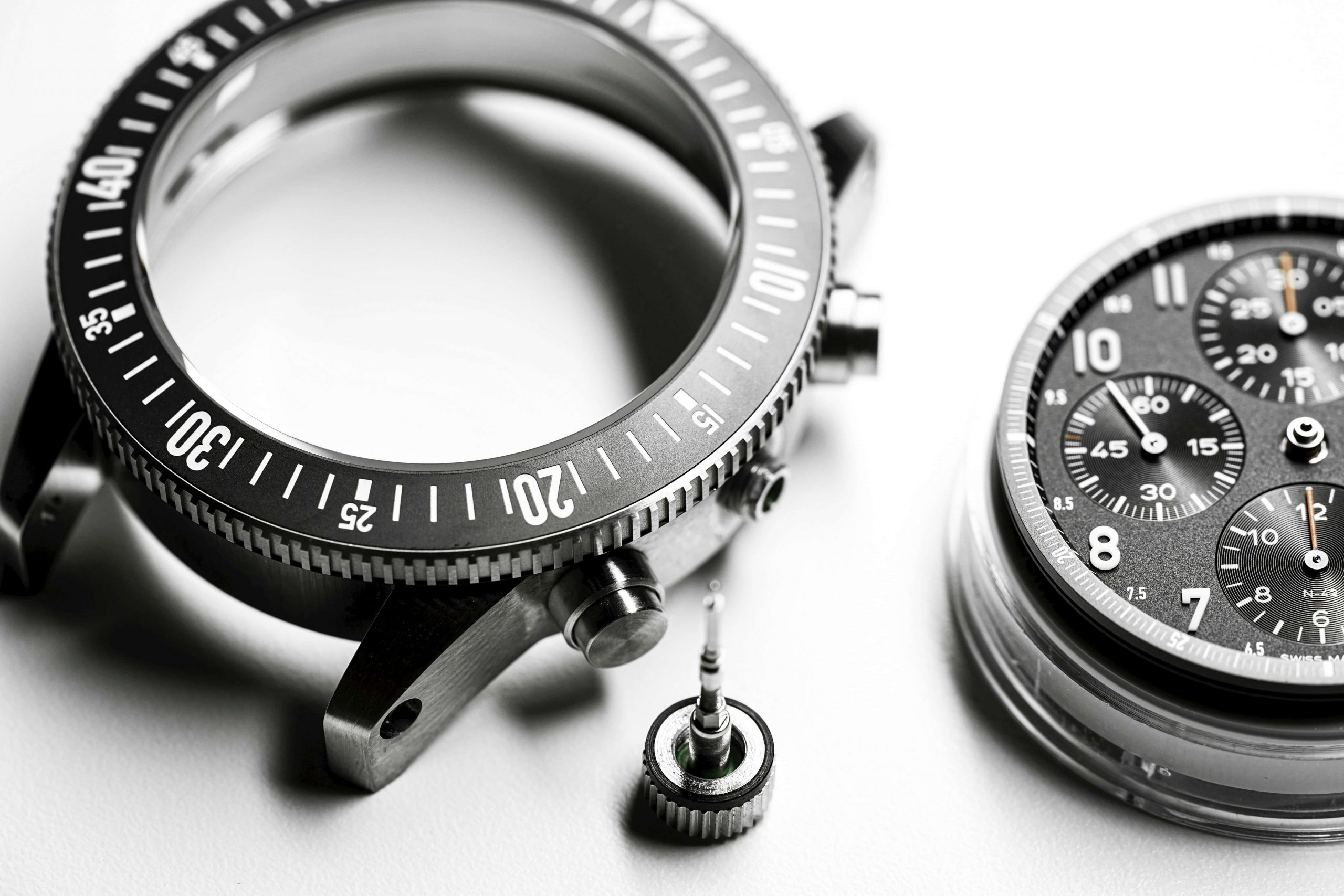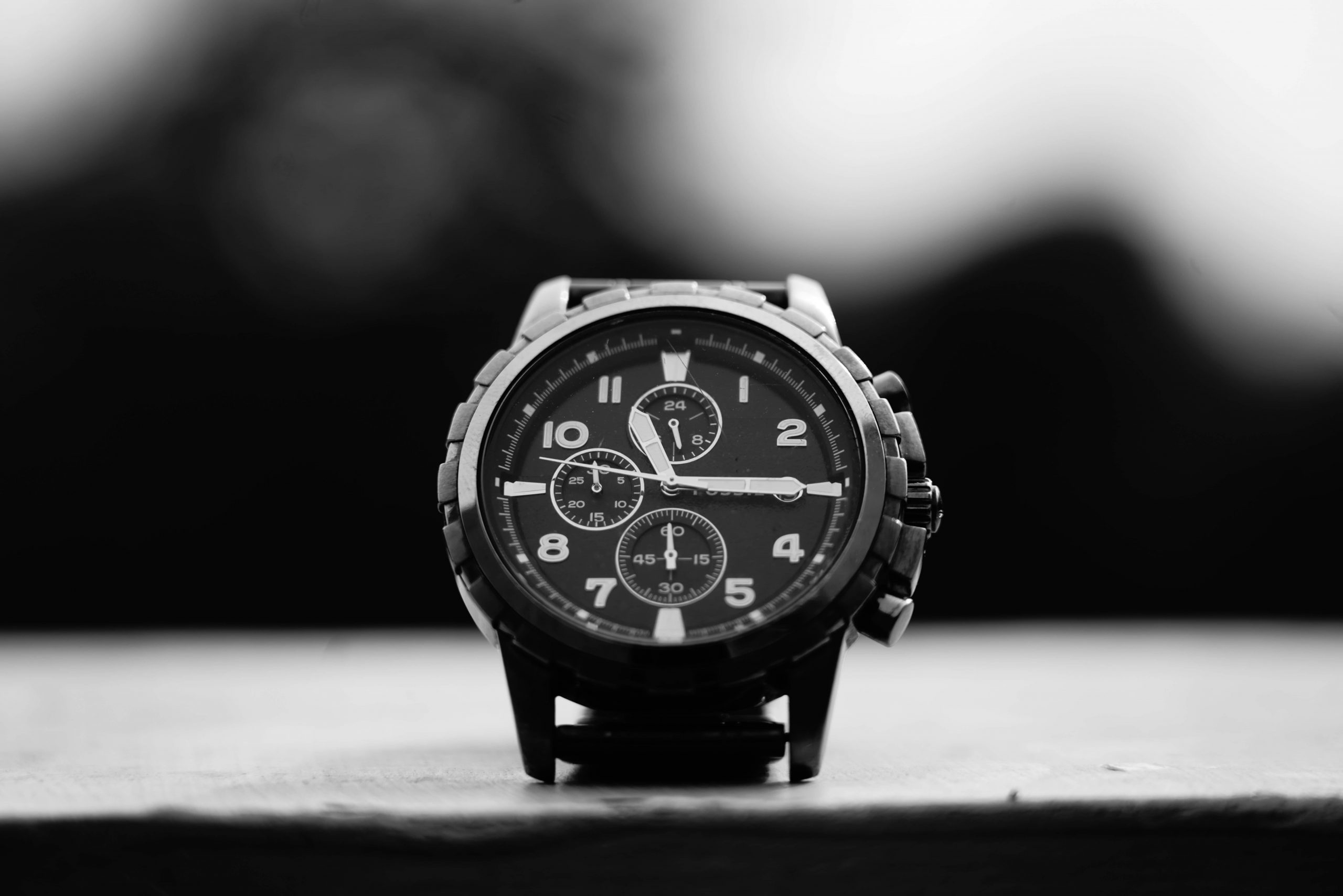
Stainless Steel in Watchmaking: A Case for Resilience and Beauty
Introduction
In the world of watchmaking, the choice of materials for the watch case is paramount. The material not only determines the aesthetic appeal of the timepiece but also plays a crucial role in its durability. Among the various materials available, stainless steel stands out as a popular choice for watch cases, offering a perfect balance of resilience and beauty.

© Duong Ngan / Unsplash
Properties of the Material
Stainless steel, a corrosion-resistant alloy of iron, chromium, and other elements, is known for its exceptional properties. The material comes in different grades, each with its unique composition. In the context of watchmaking, the properties of this material are particularly noteworthy.
Durability
The material’s durability is unmatched. It boasts resistance to scratches, corrosion, and wear, ensuring that the watch case maintains its pristine condition even after years of use.
Hypoallergenic
For those with sensitive skin, this material is an ideal choice. Its hypoallergenic nature makes it unlikely to cause skin irritation, providing comfort to wearers.
Aesthetics
A highly adaptable material in terms of aesthetics, steel exhibits remarkable versatility. It can undergo polishing to achieve a gleaming and sophisticated appearance, or it can be brushed to attain a matte finish, presenting a more understated and modern look.

© Stock Birken / Unsplash
Advantages of Stainless Steel in Watchmaking
The properties of the material translate into several advantages that make it a preferred material in watchmaking.
Longevity
Stainless steel ensures the longevity of a watch. Its resistance to external elements and wear guarantees that the watch case remains both strong and attractive over an extended period of time.
Versatility
The versatility of this material caters to various styles and preferences. Whether it’s a classic, formal design or a modern, casual look, stainless steel adapts seamlessly, making it a versatile choice for watch enthusiasts.
Cost-effectiveness
In comparison to precious metals like gold or platinum, this material is more cost-effective. This affordability doesn’t compromise quality, making stainless steel watches accessible to a broader audience.

© Aayush(gop) Rawat / Unsplash
Conclusion
In the realm of watchmaking, a peerless selection emerges with a material that combines enduring resilience and timeless beauty. Its unparalleled durability, hypoallergenic features, and aesthetic versatility make it a cornerstone in crafting exquisite timepieces. Guaranteeing longevity, seamlessly adapting to diverse styles, and offering affordability, this material cements its status as the epitome of elegance accessible to all. In the world of horology, this substance remains a steadfast companion, embodying both strength and sophistication.
Key Takeaways
- Resilience and Beauty: Achieving an ideal blend of strength and visual allure, steel exemplifies a top preference in the field of watchmaking.
- Exceptional Properties: The remarkable qualities of corrosion resistance, sturdiness, and hypoallergenic features position steel as an exceptional material.
- Aesthetic Versatility: Capable of achieving a glossy sheen through polishing or a modern matte finish through brushing, steel provides a wide range of design options.
- Longevity: The material ensures watches maintain their strength and attractiveness over an extended period, emphasizing longevity.
- Versatility in Style: The material adapts seamlessly to different styles, be it classic, formal designs, or modern, casual looks, catering to diverse preferences.
- Cost-Effectiveness: In contrast to precious metals, stainless steel provides an affordable yet high-quality option, making elegant timepieces accessible to a broader audience.
FAQs (Frequently Asked Questions)
Is this kind of material a heavy material for watchmaking?
While stainless steel is sturdy, it is not excessively heavy, providing a comfortable wearing experience.
Can stainless steel watches rust over time?
No, stainless steel’s corrosion-resistant properties prevent rusting, maintaining the watch’s integrity.
Are there different grades of stainless steel used in watches?
Yes, various grades of materials are employed in watchmaking, each with distinct compositions and properties.
Does the high shine on polished stainless steel watches fade over time?
The high shine on polished stainless steel watches is durable and tends to resist fading, ensuring long-lasting elegance.
Are stainless steel watches suitable for formal occasions?
Absolutely, the versatility of this material allows it to be equally suitable for both formal and casual occasions.
Discover the hidden marvels ticking away beneath the surface of automatic watches, and delve into the craftsmanship that sets Pierre Gaston’s designs apart in the world of horological excellence.




